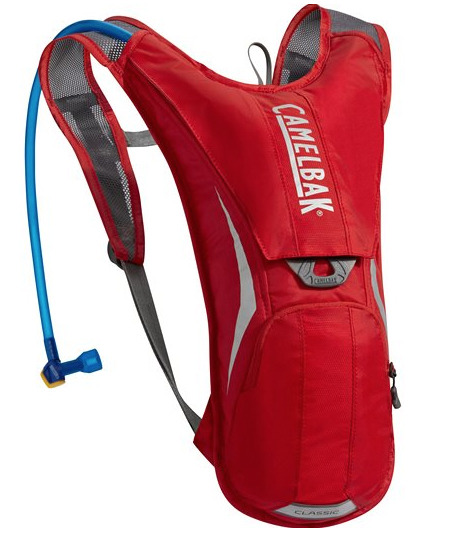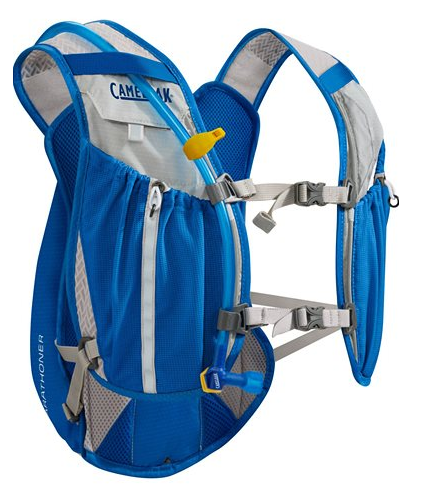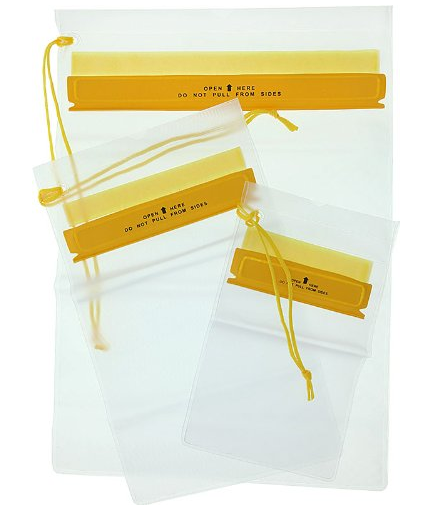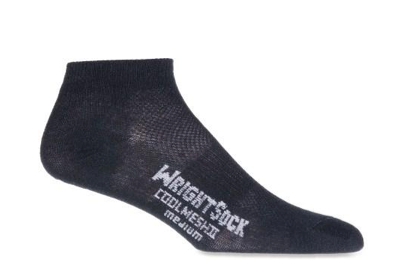1. Hydration Pack
Do you need a hydration pack when you race? For shorter distances, probably not, but for 8.5+ miles yes. Hydrating enough along the course can be the difference for some between finishing or not. Sometimes leg cramps can be debilitating.
When I shopped for a pack, here are the things I knew I wanted:
- 70oz capacity water bladder
- Enough storage to hold 6-7 Gu gels, 10 salt tablets and a few cliff bars
- Small enough that it wouldn’t get in the way while I was wearing it and crawling or rolling under barbed wire
I bought the Camelbak Classic which held an amazing amount of stuff in its single zippered pocket on the front. It was small, held 70oz, and was easy to refill and incredibly light weight. Even with it stuffed full of supplies, I rolled with ease through several barbed wire obstacles. It also washed in the washing machine afterwards beautifully.

The cons: having to take it off to get anything I wanted out of my pouch. I did this while walking to save myself time, but still, I could have shaved off a few more minutes had I not had to pay attention to the pack vs. where I was going.
Suggestion: I should have purchased a pack that had some pockets built into the straps, or pockets that came around the side of the waist for easier access to my Gu gels and salt tablets. Something like the Camelbak Marathoner Vest would have been perfect.

2. Salt Tablets
I bought some waterproof pouches from Amazon the week before my Beast to be sure my salt tablets would stay dry. For short races where I’m not carrying a pack, I honestly just stuff a few into a little sandwich bag, twist it shut, and shove it into my sports bra, and the pills stay dry for the 5 miles even if I’m swimming. I needed something better for the Beast since there would be a lot more swimming.

The cons: I used the smallest of the pouches. They roll and then velcro. They did keep my pills dry, but it was a pain especially with cold hands at times to open the bag and dig for the pills which wouldn’t tumble out easily. Then I had to close it all back up and shove it back in my pack.
Suggestion: A plastic pill container might have worked better. REI sells these ones that you can open one-handed which might be nice.

3. Socks
I have been swearing by Wrightsock double-layer anti-blister socks since Tough Mudder last year. I never get blisters even when I feel like I have half the dirt on the planet in my shoes.

The cons: For shorter races, these seem to do fine. The first time I had a problem was in VT at the Spartan Beast. There was a lot of mud early on in the course. I was literally dripping mud down my legs after the log carry. There were plenty of opportunities for rocks and dirt to get in between the back of my heel and my sock. I didn’t even realize until I went to change after that my heels were bleeding from blisters that had formed there.
Suggestion: For next year, I’ll be wearing calf compression socks so dirt can’t touch my skin.
4. Misc
- Hydrate early and often. Take a salt tablet every hour or so. Hydrate the entire week before your race.
- Quick energy is the best energy. Though hefty nutrition bars might hit the spot, they take longer to digest and your body expends more energy converting the fat and protein in them to energy. Glucose is best. Find a flavor that doesn’t turn your tummy upside down. The first one gives the best kick, so reserve it for when you really need a good boost.
- Never stop moving. Don’t give your legs a chance to cramp up.
- Layers aren’t warm if they are always wet. Wearing clothes that are moisture wicking and as close to skin as possible are best.


